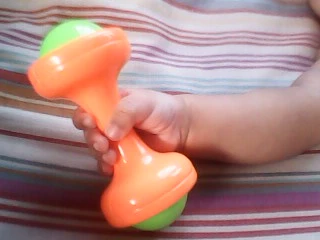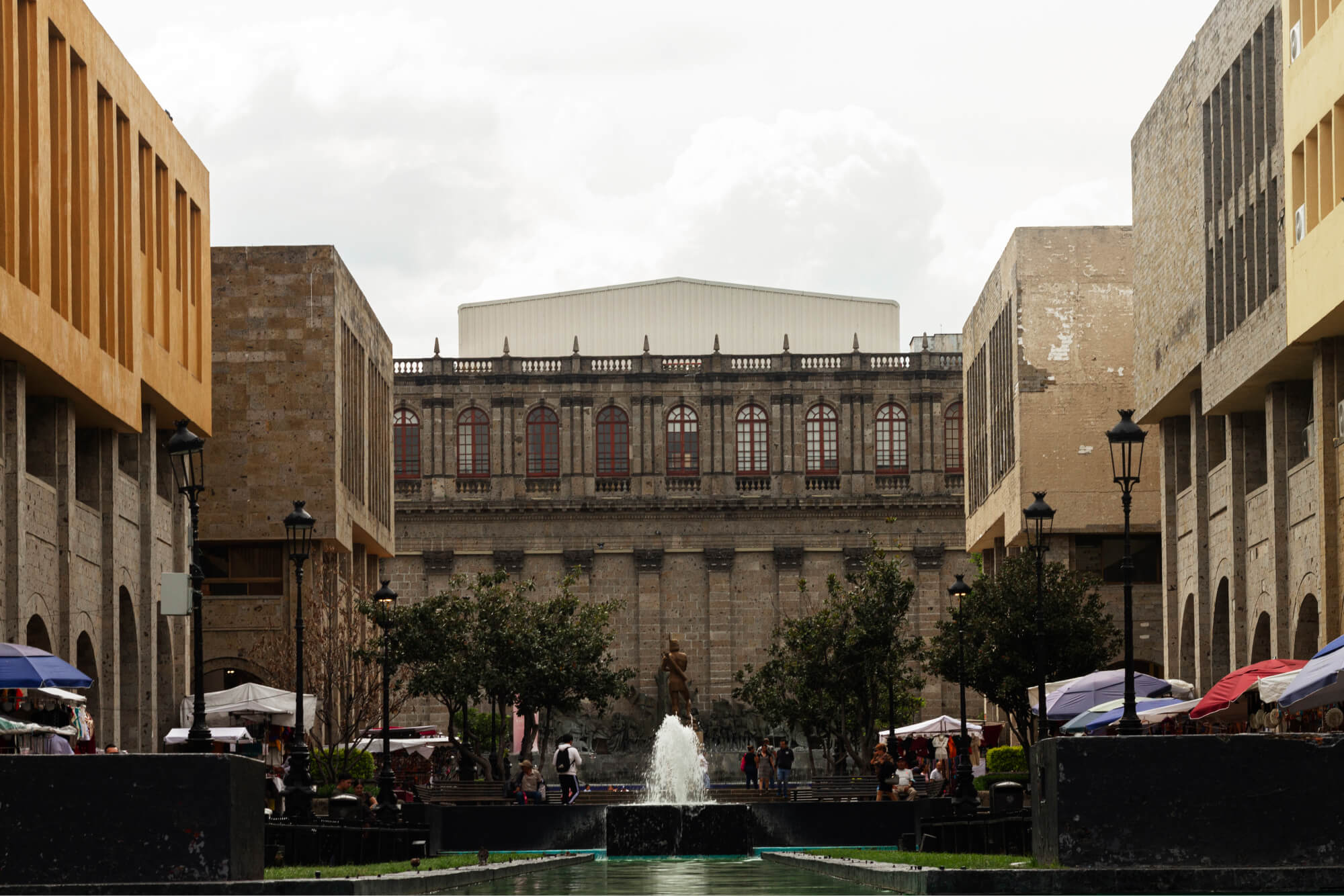
Baby Toy Sanitizing and Cleaning Services
Parenting sites get asked all the time about cleaning baby products and toys. The most common questions are how often to do it and how. It is an uncertain balance between keeping your baby safe, but not overdoing it and leaving them open to a weaker immune system or allergies. Image By ZAC (originally posted to Flickr as [1]) [CC BY 2.0 (http://creativecommons.org/licenses/by/2.0)], via Wikimedia Commons
However, one thing is for certain, everyday cleaning products are best minimized or not used at all.
Baby toys need to be cleaned on a regular basis - how often depends on how they are used and how often. When your baby is going through the sticking things in the mouth phase, it’s good to wipe those things down often before and after use to keep them clean. Same goes for anything that gets dirtied up a lot. This guide explains some of the ill effects of modern cleaning products and gives you some broad advice on how best to clean your child’s toys using safe and non-toxic materials.

Avoiding Toxins Found in Everyday Cleaning Products
Over the half century or longer, the number of artificial cleaning products has multiplied a hundredfold if not more. Each country regulates what chemicals can and cannot be used, some like the EU are stricter than others - like the U.S., but as a parent, it’s key to know as much as possible about what each product contains and the harm is may cause you, your family, and also pets, but especially a baby.
Image By Asha Lall (Own work) [CC BY-SA 4.0 (http://creativecommons.org/licenses/by-sa/4.0)], via Wikimedia Commons
Dangers Include:
Poisoning - According to statistics, over 1,000,000 children under the age of 5, swallow poisons each year and this includes household cleaners. Many die.
Allergies - The Hygiene Hypothesis determines that an under exposure to germs due to the over effectiveness of cleaning products means a child may develop allergies to harmless allergens like dander or pollen or even dust.
Eczema - The harsh nature of the chemicals involved can lead to skin irritation in babies. Some cleaning products have also been linked to asthma.
Eye Damage - Sprays can irritate the eyes and cause watering, and worse if the liquid gets directly into the bay’s eye.
Other Health Effects - Many products contain toxic materials and substances where the long term effects are unknown. Studies are mixed and confused, with claims and counterclaims. However, some are linking phthalates with hormonal disruptions.
Baby Safe Alternatives
Products such as bleach should be avoided at all costs, so it is important to find safer alternatives for that and for other disinfectants, polishes, and more.
The Bleach Alternative: Bleach is an effective poison, but it is a poison nevertheless. The exact recipe varies from person to person, site to site, but the basic formula is mixing 1 cup of water with distilled white vinegar. You may also add a little tea tree oil too which has natural antiseptic qualities to it.
The Surface Cleaner Alternative: A bit like the bleach alternative, mix water but this time mix it with lemon juice. Again it’s edible, so it’s safe, but it’s also effective.
The Soap Question: Antibacterial soaps are not needed, and if they contain plastic microbeads, they are bad for the environment too.
To use these homemade products, the best idea is to put them in a spray bottle which you can buy new to avoid possible toxins from the previous spray. Spray some on a clean cloth and use that to wipe down surfaces and toys.
Cleaning Guide for Baby Toys
Each toy is different and needs its own cleaning routine. These can be divided into large and small toys, and between hard and soft ones. Small toys may be machine washable, as will some fabric toys but not all. However, larger toys may need to be hand washed with soap or with a baby safe alternative as laid out above.
Image By ParentingPatch (Own work) [CC BY-SA 3.0 (http://creativecommons.org/licenses/by-sa/3.0)], via Wikimedia Commons
You can read more tips for parents at https://www.coparents.com/blog/

Here’s some basic tips:
Fabric Toys: The stuffed animal or fabric doll, is the ubiquitous baby toy. It is hugged, kissed, slobbered over, dragged, dirtied up, and sometimes vomited on. It’s all too tempting to use a cleaning product but it’s unnecessary. For visible dirtiness, stick the teddy in the washing machine with a normal wash. If you just want to make sure the toy is dust mite and bug free, stick it in an airtight bag and put it in the freezer for a few hours.
This is not recommended if your baby toy is made from wool or felt though. If it is just felted, wash it in the machine, but put it inside a pillowcase first. For wool, Waldorf dolls, and knitted materials it is ok to spot clean them or hand wash using soap, then leave them in a sunny window to dry out - definitely do not tumble dry.
Plastic and Wood Toys: These range from teethers to wooden blocks, child safe toys which are durable and hard. These toys can end up in the mouth during that phase of a baby’s development, so need cleaning more often. Luckily, you can use the vinegar and water solution mentioned above as a quick and easy cleaning product. Spray some on a cloth and wipe down the toys in question.
Keeping White Toys White: Do not use bleach, no matter how tempting it might be. This is the most toxic of toxic cleaning products. Maybe use a little lemon juice on tough stains, but otherwise just leave the item out in the sun for a few hours.
Taking This Approach to Your Whole House
As mentioned above, your baby is not interacting with just its toys. She or he is lying in a crib, being held, and as they grow up, they will interact with all kinds of surfaces and objects. Look for healthier, less toxic cleaning products like the one’s we’ve mentioned above. Many can be applied to other surfaces too so they remain clean while without posing a risk to your child.
Retail Store Cleaning Services
Attention to detail from Penn Jersey’s experienced retail store cleaning team From busy high footfall stores to exclusive boutique retail premises, we deliver a retail cleaning solution to meet your requirements. We understand that success in retail is about maintaining...
Government Building Cleaning
Government buildings often require special permits, skills, and experience for restoration, decontamination and sanitation work. However, Penn Jersey has all the relevant skills, training, and equipment required to tackle most cleaning projects. Our comprehensive Government building cleaning services mean you...
Daycare Center Cleaning Services
After all, each day, parents entrust the care of their children to you. But you can rely on Penn Jersey to keep your childcare center safe and hygienic. With our 50 years of experience, we understand the specific nuances involved...
Let us work with you
Share your stories and insights to help us improve local businesses and residents' lives.


